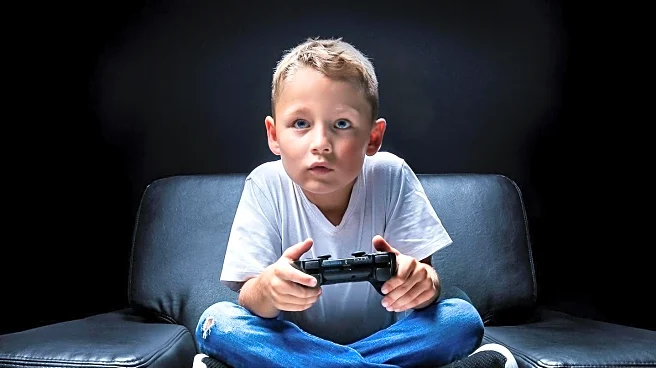What's Happening?
Zoë Kim's solo performance 'Did You Eat?' is currently being showcased at the Public's Shiva Theater. The show is an autobiographical exploration of Kim's life, detailing her experiences from childhood to adulthood. It addresses themes of cultural identity,
familial expectations, and personal trauma. Kim narrates her story in the second person, interacting with a glowing orb that symbolizes her inner child. The performance is characterized by its therapeutic approach, combining narrative with interpretive movement and choreography. Kim occasionally uses Korean language to express cultural nuances and familial dialogues, adding depth to her reflections on her upbringing in an American boarding school.
Why It's Important?
The significance of 'Did You Eat?' lies in its raw portrayal of personal and cultural struggles, offering audiences insight into the complexities of identity and trauma. By sharing her story, Kim provides a platform for discussions on mental health, cultural expectations, and the immigrant experience in the U.S. The performance highlights the importance of storytelling in healing and self-expression, particularly for marginalized voices. It also underscores the role of theater as a medium for exploring and understanding diverse narratives, contributing to broader cultural awareness and empathy.
What's Next?
As 'Did You Eat?' continues its run, it may inspire further conversations about the intersection of culture and personal identity. The show could lead to increased interest in autobiographical performances that address similar themes. Additionally, Kim's work might encourage other artists to explore their own narratives through theater, potentially influencing future productions that focus on personal and cultural storytelling.
Beyond the Headlines
The deeper implications of Kim's performance include its potential impact on the representation of Asian American experiences in the arts. By incorporating Korean language and cultural references, the show challenges audiences to consider the nuances of cultural identity and the immigrant experience. It also raises questions about the role of language in self-expression and authenticity, particularly for individuals navigating multiple cultural identities.













